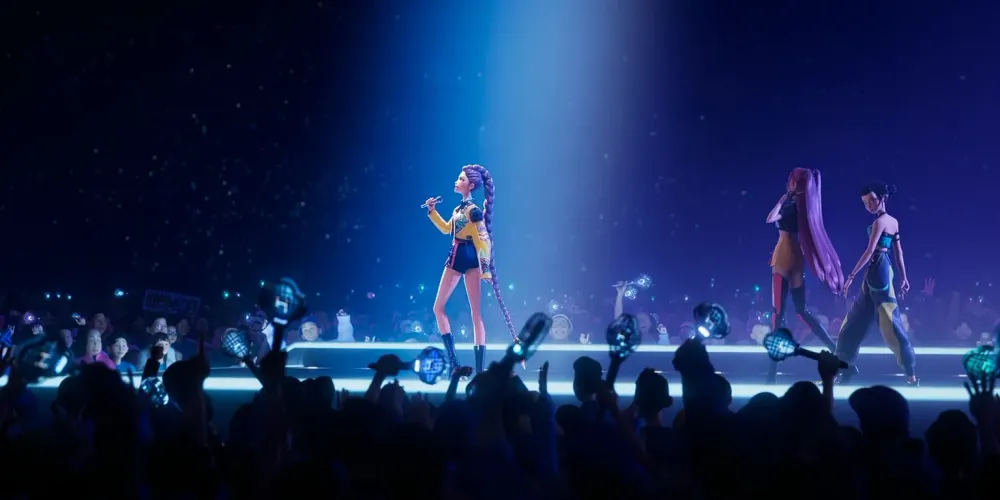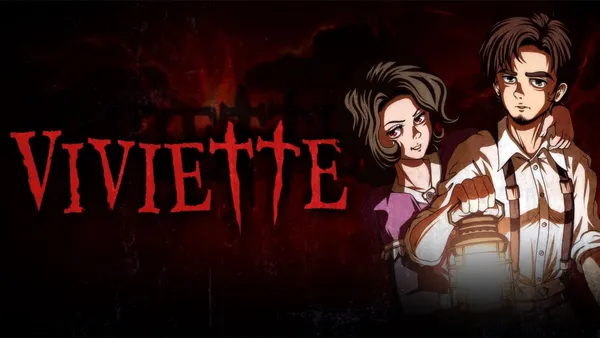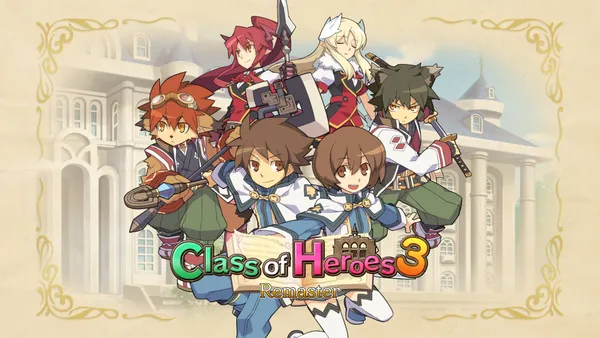Review: KPop Demon Hunters
Since its premiere on June 16, KPop Demon Hunters has taken the world by storm. With over 33 million views within two weeks of its release, the movie proved to be a successful source of music. "Your Idol" by the Saja Boys topped the US Spotify chart, followed by "Golden" by Huntrix, surpassing both BTS and Blackpink. But one can only wonder: Does the movie really live up to the hype?
Viewers certainly seem to think so. Across social media, fans all over the world are making edits of their favorite characters, drawing fan art, and joining the Saja Boy dance trend, basking in the love for their favorite movie about sisterhood, acceptance, and just girls being girls. But what makes the movie special?


KPop Demon Hunters tells the story of Huntrix, a three-person girl group whose members moonlight as demon hunters. They use the love and connection between their fans to seal the Honmoon, a barrier that prevents demons from entering the human world to steal human souls. In a last-ditch effort to stop the Honmon from being sealed, the once-powerful Demon King Gwi-Ma sends the Saja Boys, a five-person boy group, to distract the girls and steal their fans. The two groups begin a rivalry and battle it out both on stage (as idols) and off the stage (as demon hunters and demons).
The overall premise is quite simple: two rival K-pop groups battling it out for the love and attention of their fans. However, it highlights the two leaders the most, with Rumi and Jinu at the center of the plot, having plenty of on-screen character development. That said, KPOP Demon Hunter is a well-rounded and interesting creative mix of good songs, writing, and designs.
Killer Songs, Banger Beats, and Cool Lyrics
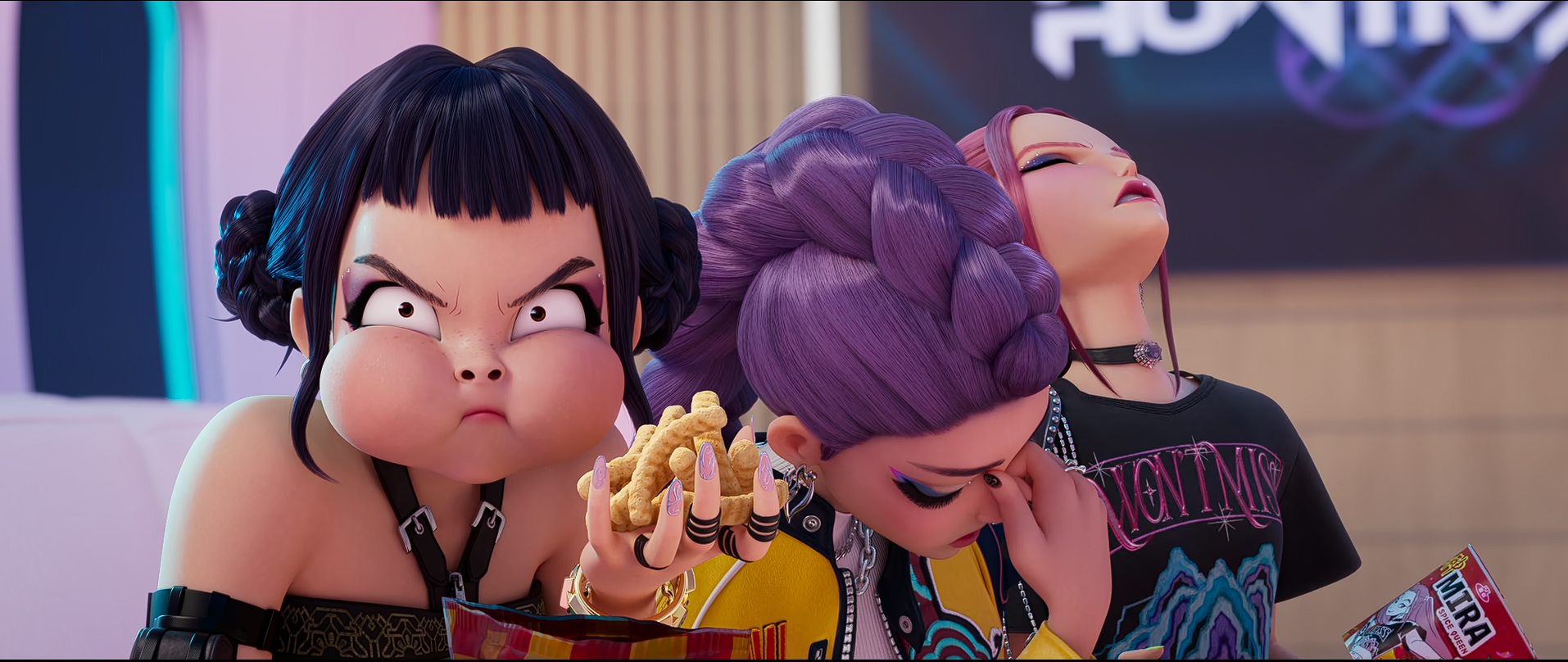
Kpop Demon Hunter's captivating tunes are one of the best selling points. They have resonated with fans for a good reason. The movie has catchy beats and melodies, an out-of-this-world aura, and just hands-down bops. All thanks to the music producer, Ian Eisendrath, and the top-level music producers that the movie creators collaborated with, making for a special musical and narrative experience overall.
The movie opens with an explosive high-energy anthem, "How It's Done," followed by the introduction of the charming Saja Boys and their upbeat "Soda Pop." The next song, "Takedown," is a track fueled by rage and frustration, while "Free" comes as a deeply emotional ballad. "Your Idol" is a dark, hypnotic, and probably the heaviest to understand, but it is overturned by the powerful and heartfelt harmonies from the finale song, "What It Sounds Like."
What's nice about each of these songs (aside from being really catchy) is how they each carry the narrative of every part of the movie. For instance, when we encounter "Golden," the girls' newest single, we discover their own struggles with self-acceptance and genuinely being who they are. First, we have Zoey, born in America but living in Korea, who feels torn between the two places, unsure of who she is: "I lived two lives, tried to play both sides, but I couldn't find my own place." Mira, the problem child of her family: "Called a problem child 'cause I got too wild But now that's how I'm getting paid, 끝없이 on stage."

And then when it came to Rumi, "I was a ghost, I was alone 어두워진 앞길속에 (Ah), Given the throne, I didn't know how to believe, I was the queen that I'm meant to be" who struggles with feelings of isolation due to being half demon, unbale to tell anyone what she is and not beliving that she derserves what she has. This is later repeated in her inability to sing "Takedown," when the lyrics actually describe her guilt and shame: "When your patterns start to show, It makes the hatred wanna grow out of my veins, Yeah, it's a takedown, A demon with no feelings, don't deserve to live, it's so obvious."
The Plot Twists (Spoilers Ahead)
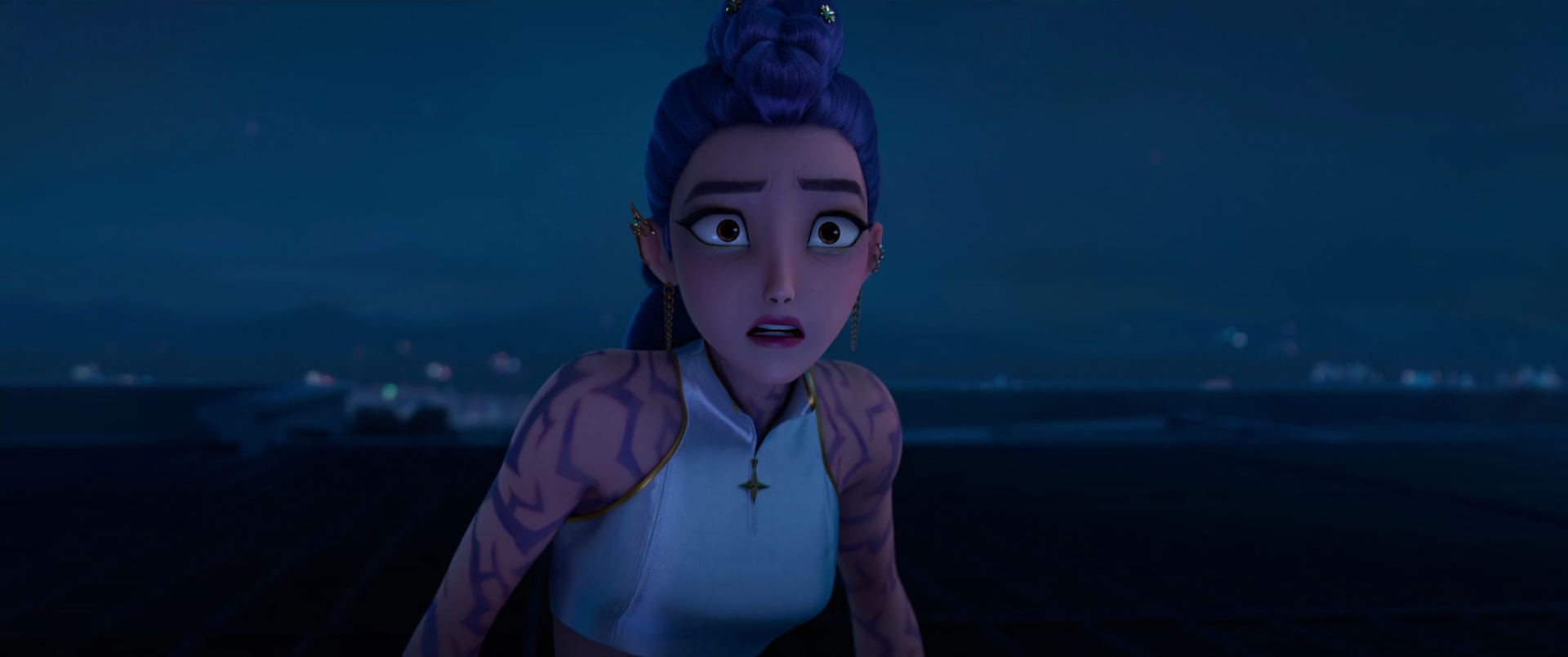
Rumi's struggle to sing "Golden" is because her demon patterns have spread out. We discover that this secret is shared with her foster mother, Celine, who has actually been telling Rumi since childhood to hide the patterns until they fixed the Honmoon and not to share this with her Huntrix sisters.
On a deeper level, Rumi is unable to sing "Golden" because she's not authentically herself. Although she believes her decision to seal the Honmoon and thus her demon side, it's not truly the self-acceptance that she needs. It all changes when she begins opening up to Jinu, the leader of the Saja Boys, who also discovers her patterns and invites her to secret meetings, courtesy of Derpy and Sussie. Here, the two find comfort in their shared pain. Rumi begins to drift between finding her place as a demon and a demon hunter, and eventually accepts all of herself, half-demon and all.
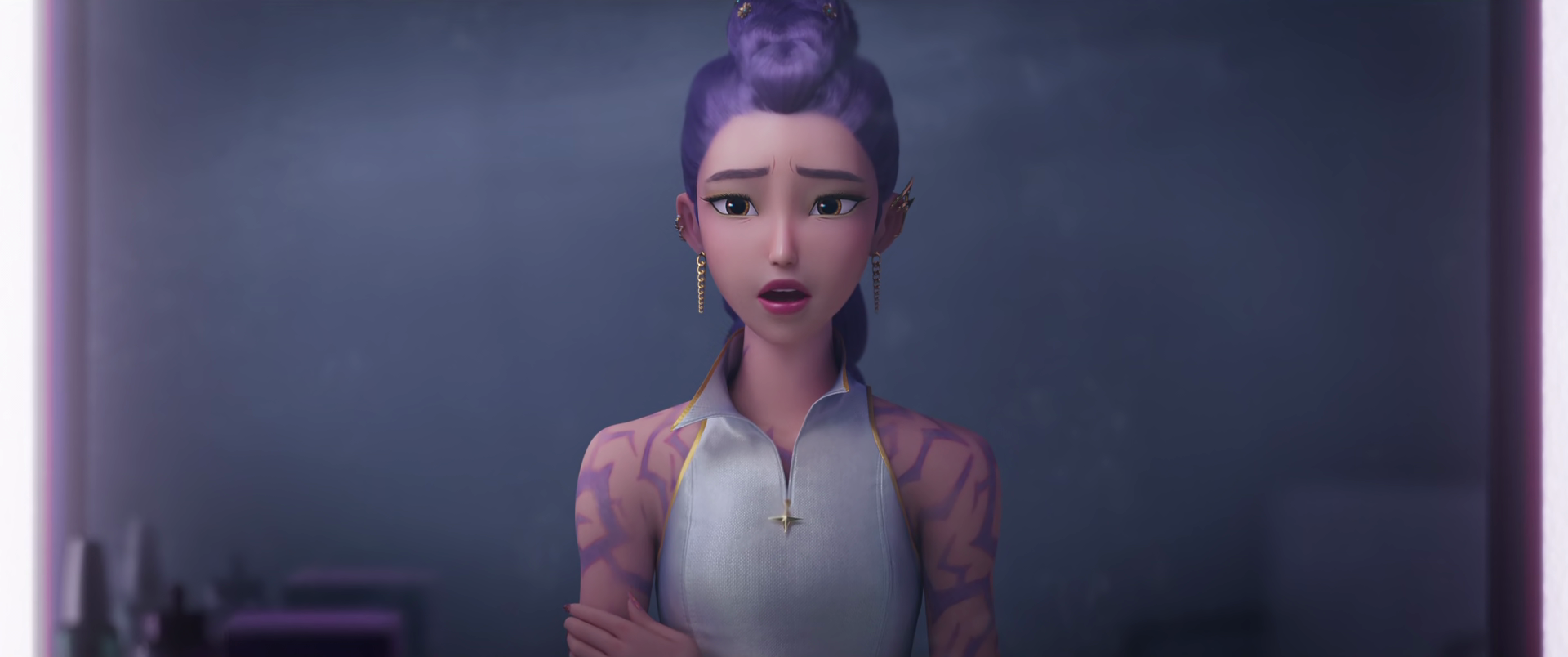
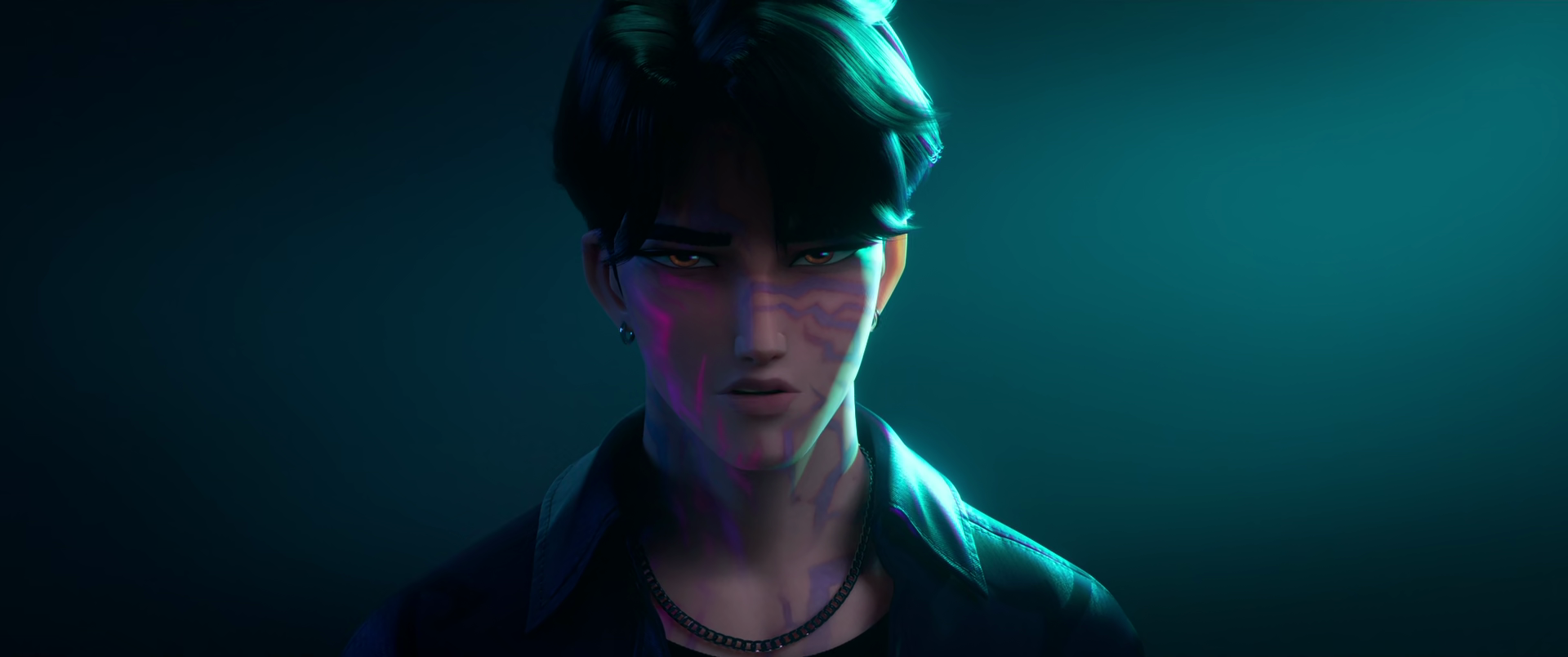
For Jinu, his side of the story is a bit different. As the story progresses, we come to know the truth behind his demon origins. Although he approached Rumi in an attempt to find her weakness and shame, their vulnerable conversation also slowly began to heal him, leading him to finally accept his own past, his guilt, and the mistakes that he made as a human and demon. He regains his humanity, and in a last grand gesture during the climax, he shields Rumi from Gwi-ma and gives his soul to Rumi.
Although I feel his development feels a bit sudden and forced (sacrificing yourself at the last moment after betraying Rumi is not really repentance), watching his journey to seeing the good in the world once more is a touching experience. I would have liked to see more scenes of his change throughout his friendship with Rumi, and maybe see him take the initiative to add positivity to the world.
While both Rumi and Jinu's on-screen development created touching moments and insights into the view of the events of the movie, the same cannot be said for the other supporting characters.
Why Zoey and Mira Are Also the Stars of the Show
Rumi, the leader of Huntrix and main singer, is a strong-headed individual with a big heart, whose voice is so incredible that it brings fans to tears. That said, her stardom cannot be highlighted without the support of her two best friends – Mira, the visual and lead dancer of Huntrix, and Zoey, the rapper and lyricist.
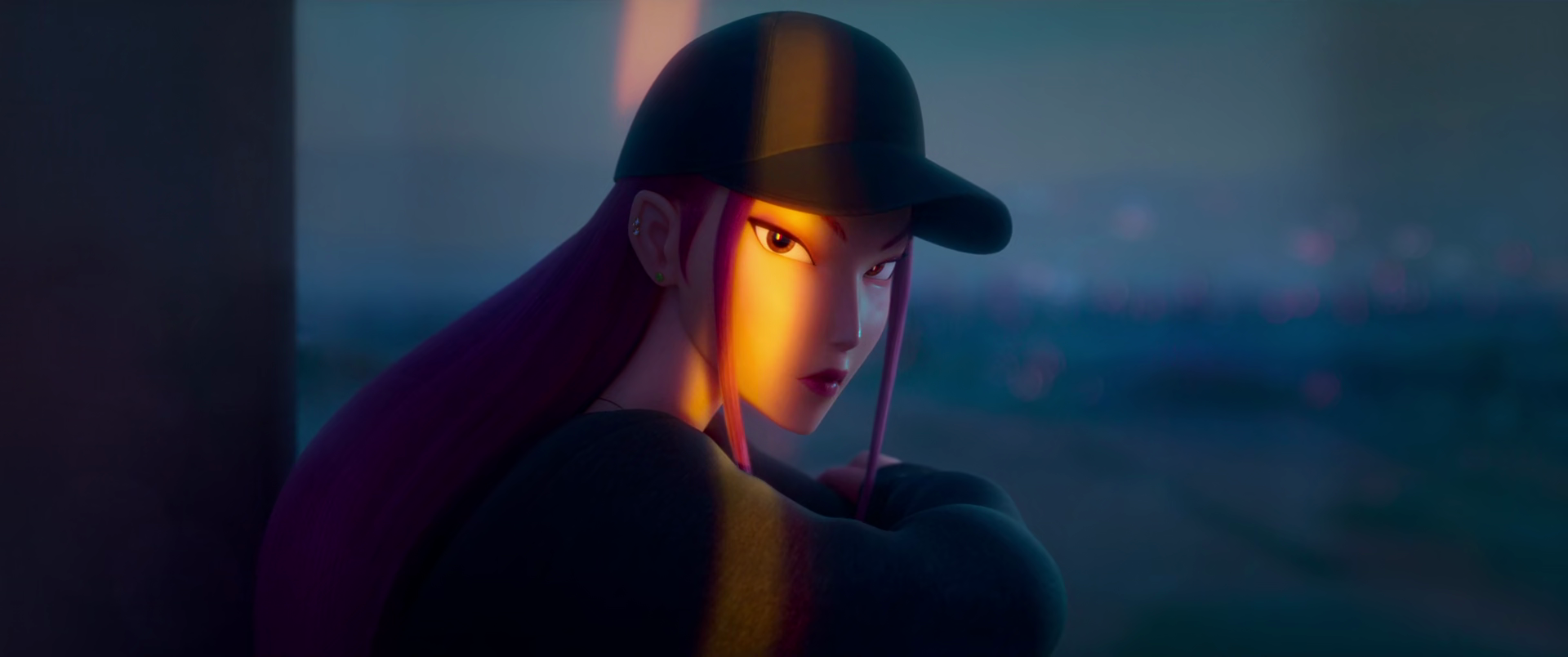

Despite being side characters, Zoey and Mira bring some spice and sugar to the KPop Demon Hunters movie. They are also written with their own strengths, uniqueness, struggles, and insecurities. You can see these throughout "Golden" and in the character introductions. However, they're not heavily important to the plot, unlike Rumi's ordeal, and are all resolved after reuniting with Rumi without any further discussion or exploration. We can just surmise that they were already bravely being their authentic selves because they were together.
In contrast, the four other Saja Boys, namely Abby, Baby, Mystery, and Romance, had absolutely no contribution to the plot. They could have been removed, and the plot would remain the same. I actually would have liked to see more development from all of them, and maybe learn about how the other Saja Boys became demons and how they joined Jinu's group. I hope future projects can further explore each of these characters more.
(Editor Carla's Note: Hey, Saja Boys are also good-looking, talented singers, and abs important characters relevant to the plot...)

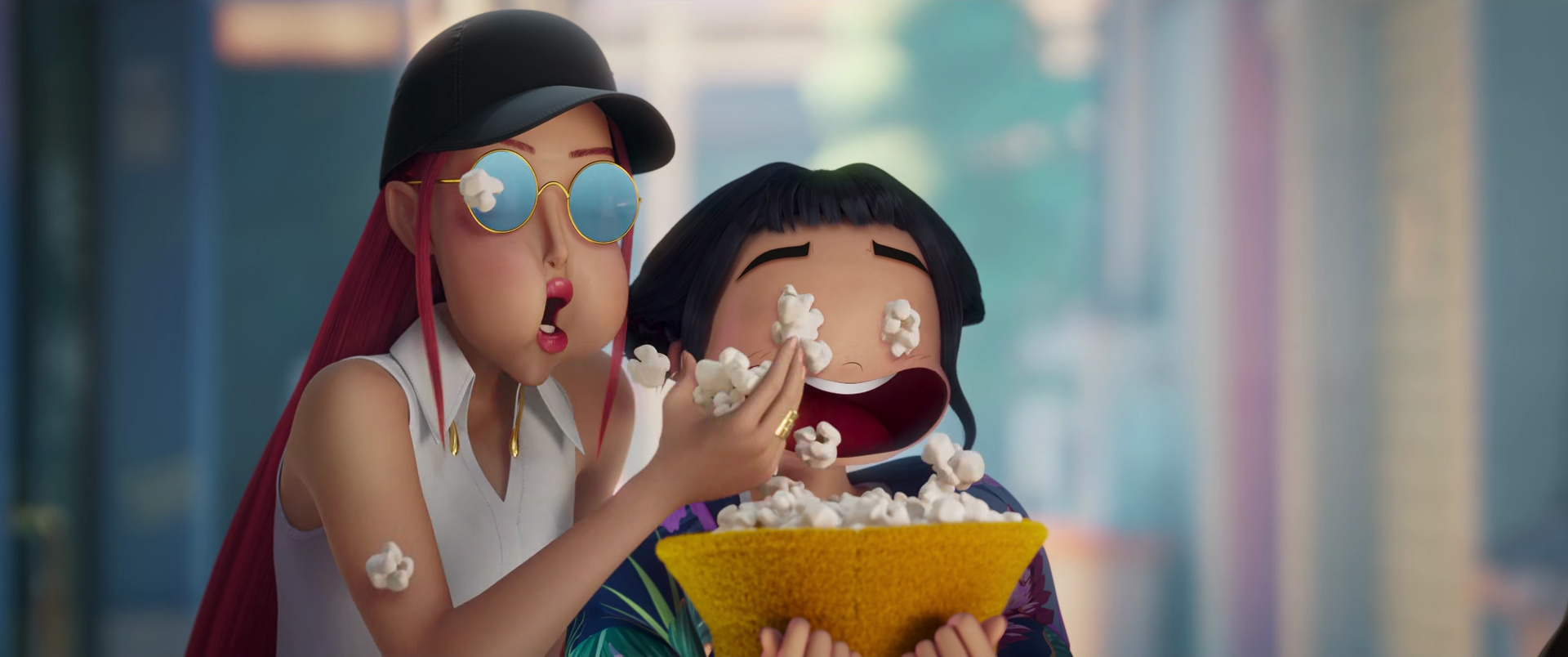
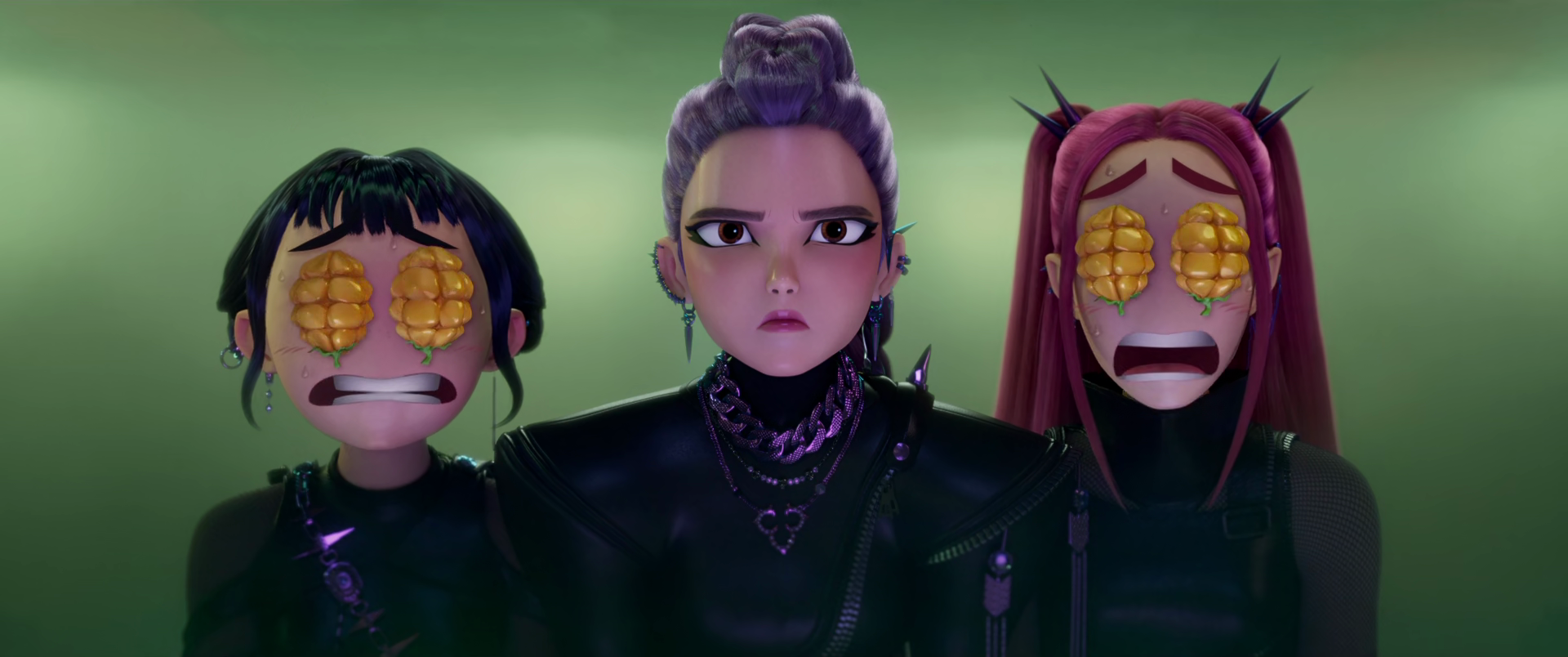
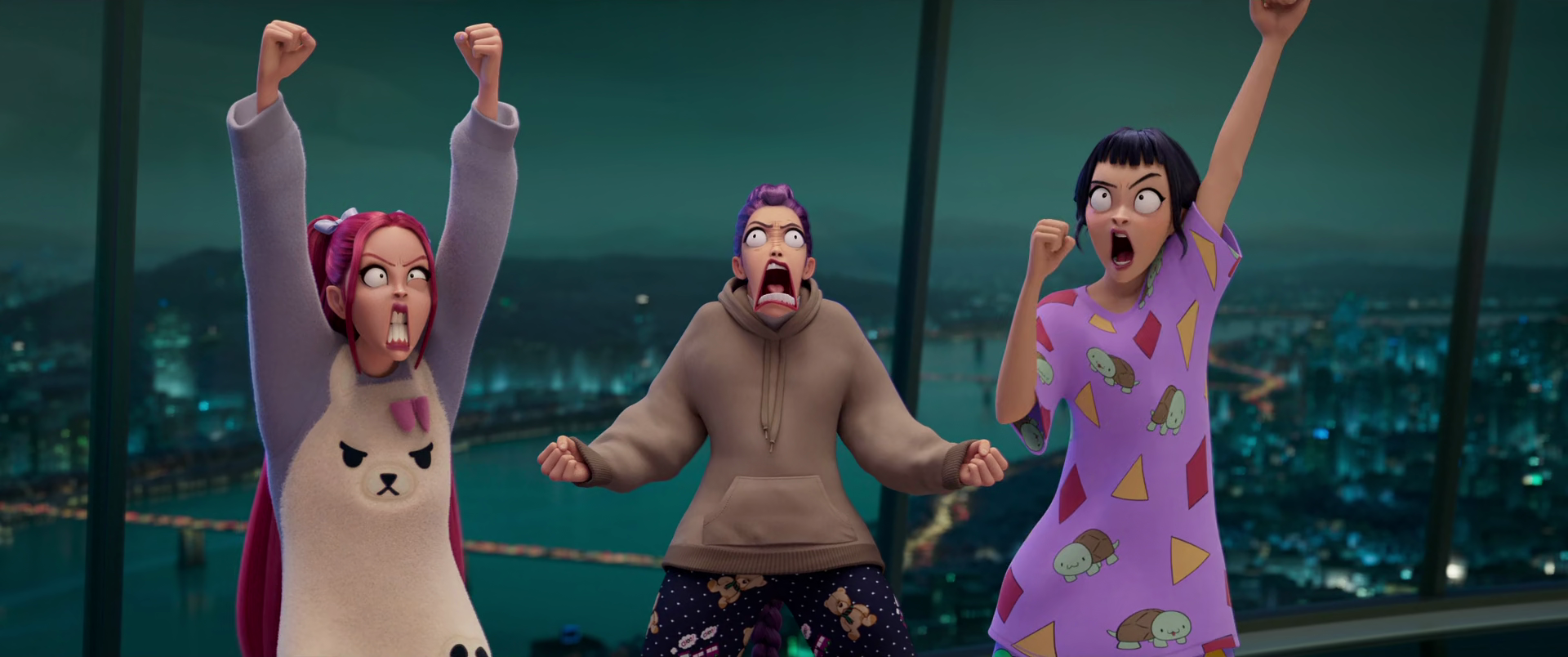
Although Zoey and Mira do not have much development, their interactions with Rumi make up for all of it. As a film featuring Korean culture, especially for the idol industry, strict on beauty, elegance, and weight management, seeing the girls relax, eat, and have fun while supporting each other without worrying about how they're being perceived was a joy to see. It spreads a positive message to young girls everywhere.
The girls laugh together, cry together, and unashamedly discuss their feelings, creating a strong bond of sisterhood. The personality of the girls is fully faceted, not falling into set archetypes often found in films. From Mira showing emotional vulnerability to Zoey being both "cute" and "cool", it's sufficient to say that care has been taken to fully flesh out the characters.
Appreciating the Art and References

Another thing to highlight about the other stars of this movie is appreciating how one can tell that each moment of the 9 years it took to develop the film was used wisely. Not only is each interaction between characters carefully scripted, even when the camera is not directly on them, but each scene is beautifully animated. The characters are also specially designed to show each of their personalities.
In a similar vein to the Spider-Verse films, the creators of KPop Demon Hunters animate the characters on different frames based on their group, creating scenes full of dynamic moments and character, with the Saja Boys being animated on every 3 frames, and Huntrix on every 2. The background characters are all fully visualised and animated, giving a level of clarity not often found in animation.
When mentioning character design, one has to appreciate the level of detail taken with the conceptualization of the film that directors Maggie Kang and Chris Appelhans delivered. From the details of the weapons to the clothing, the K-pop industry (the good and bad), romcoms – there are just so many visualizations and easter eggs of the South Korean culture that fans all over the world would enjoy seeing.

One of the most interesting details in the movie's design is how each of the girls has a unique Norigae hanging from their belts (a traditional good luck charm often worn on hanbok). If you look closer, it also represents their personalities, as well as their struggles. Rumi's Norigae has a mix of purple and black, representing her struggle of being half demon, with a plaited design to match her braids. Mira's Norigae represents her pigtails, while also telling the story of her faith with her new family, Zoey and Rumi. Lastly, Zoey's Norigae features her cutesy twin buns with rabbits and turtles, but also a representation of her divided feelings of belonging.
In contrast, the design of the Saja Boys represents their roles as Jeoseung Saja, Korean folklore figures similar to the Western Grim Reapers, responsible for guiding souls to the afterlife. With their black hanboks and Gat hats, it's a strikingly dark yet fitting design for the Saja Boys who guide the souls of their fans for Gwi-Ma to consume.
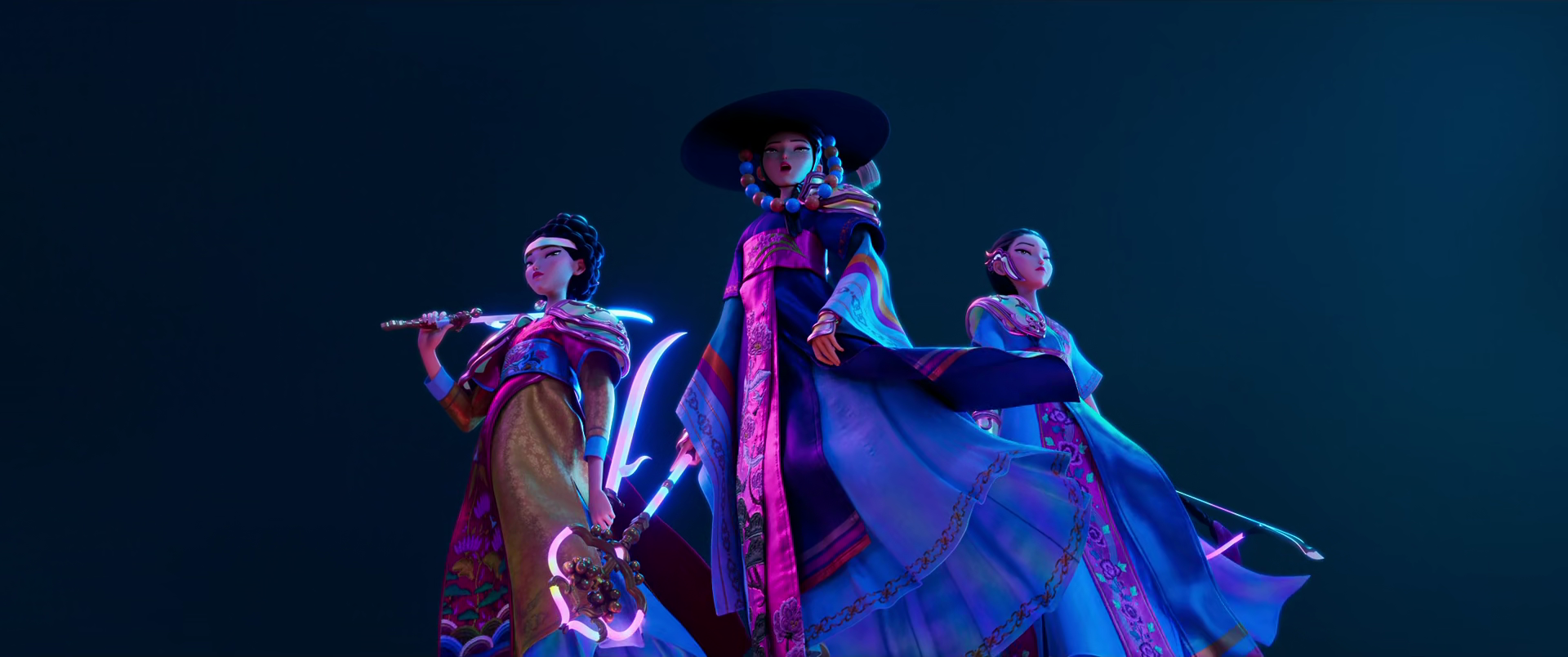
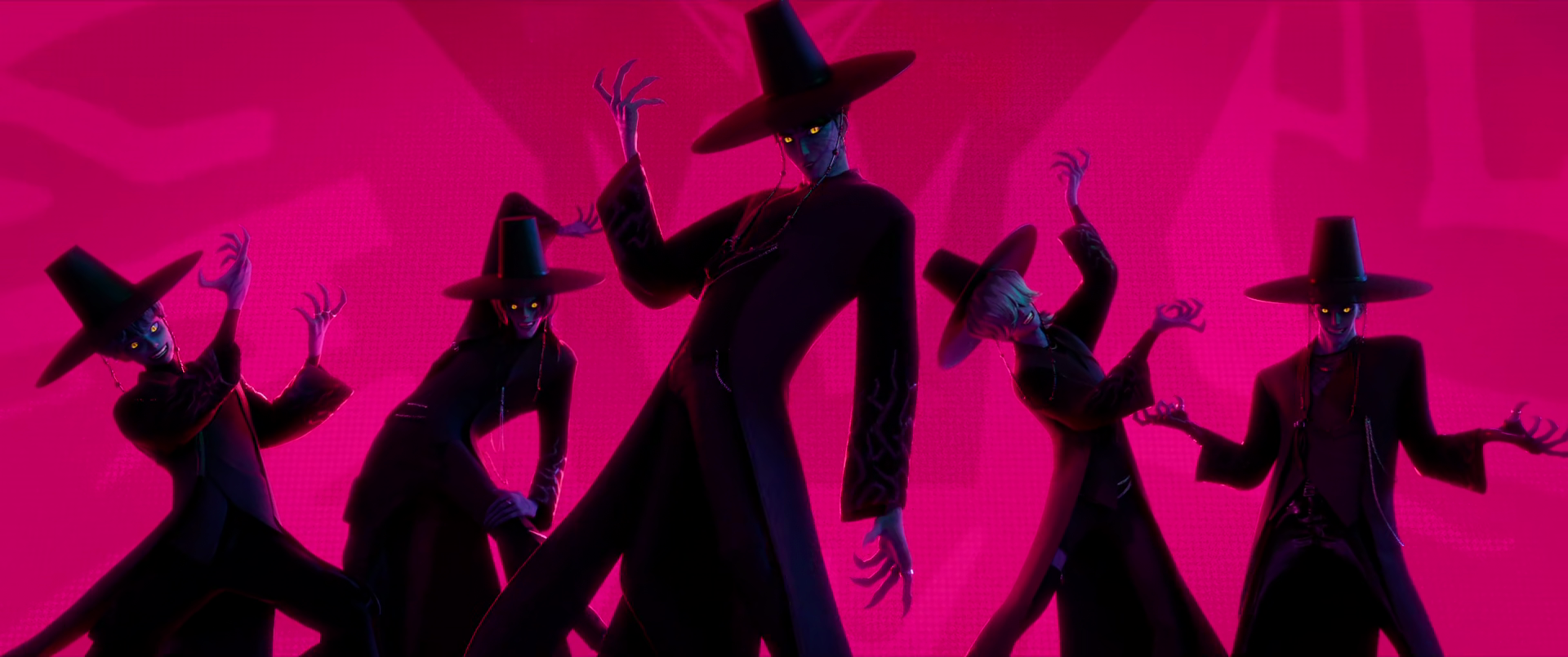
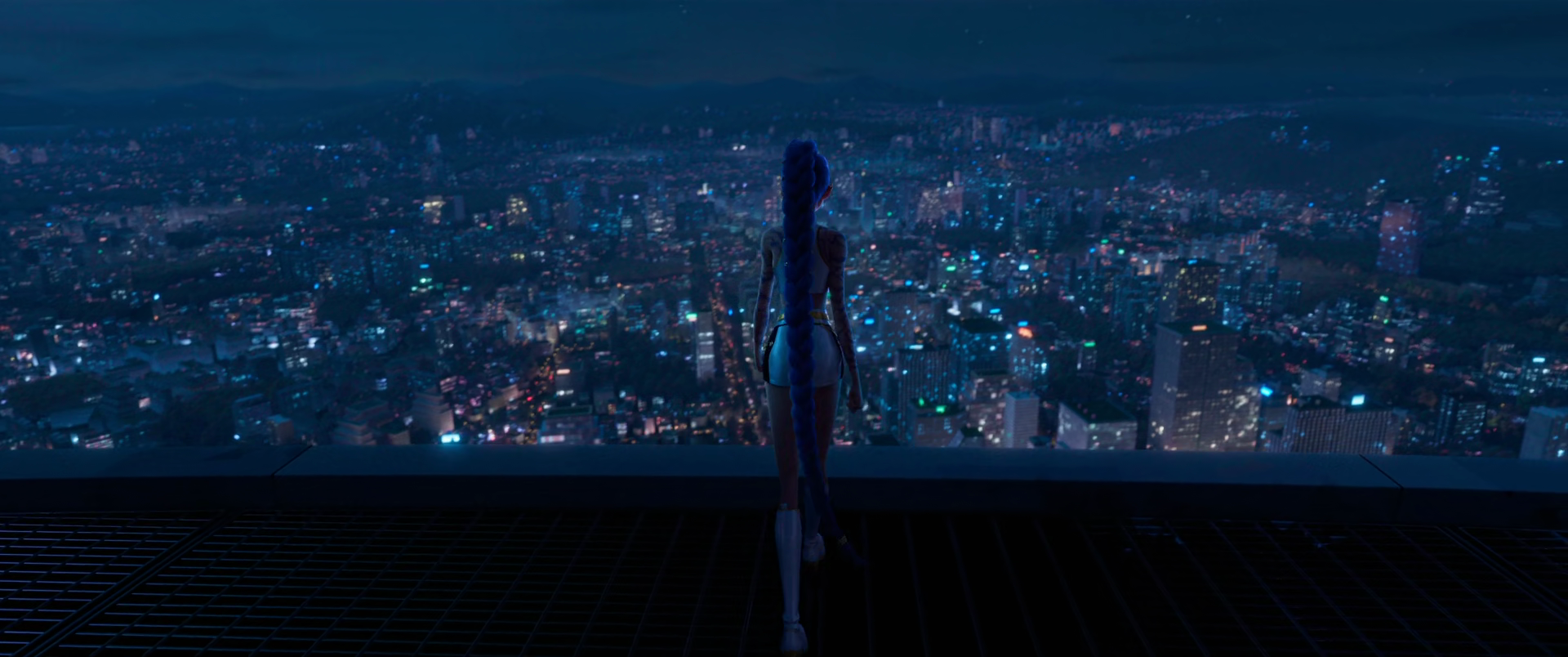
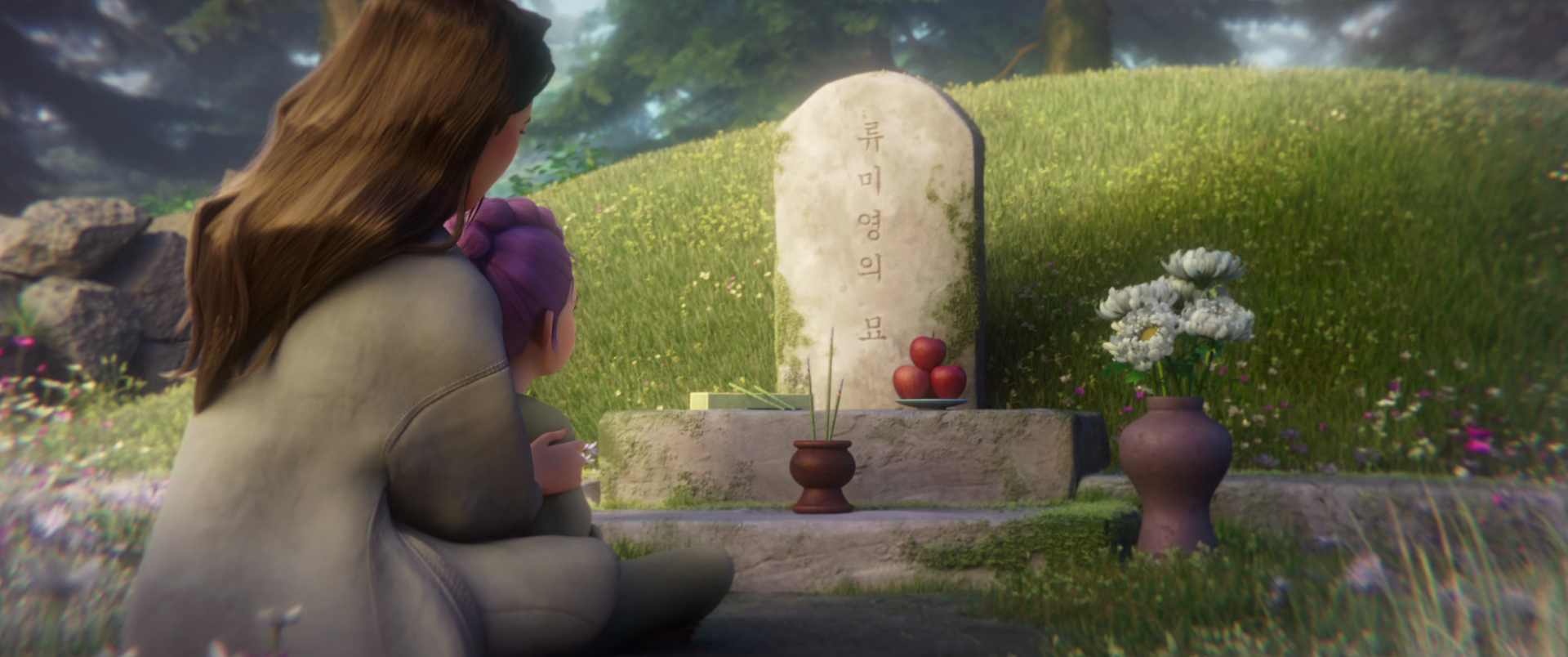
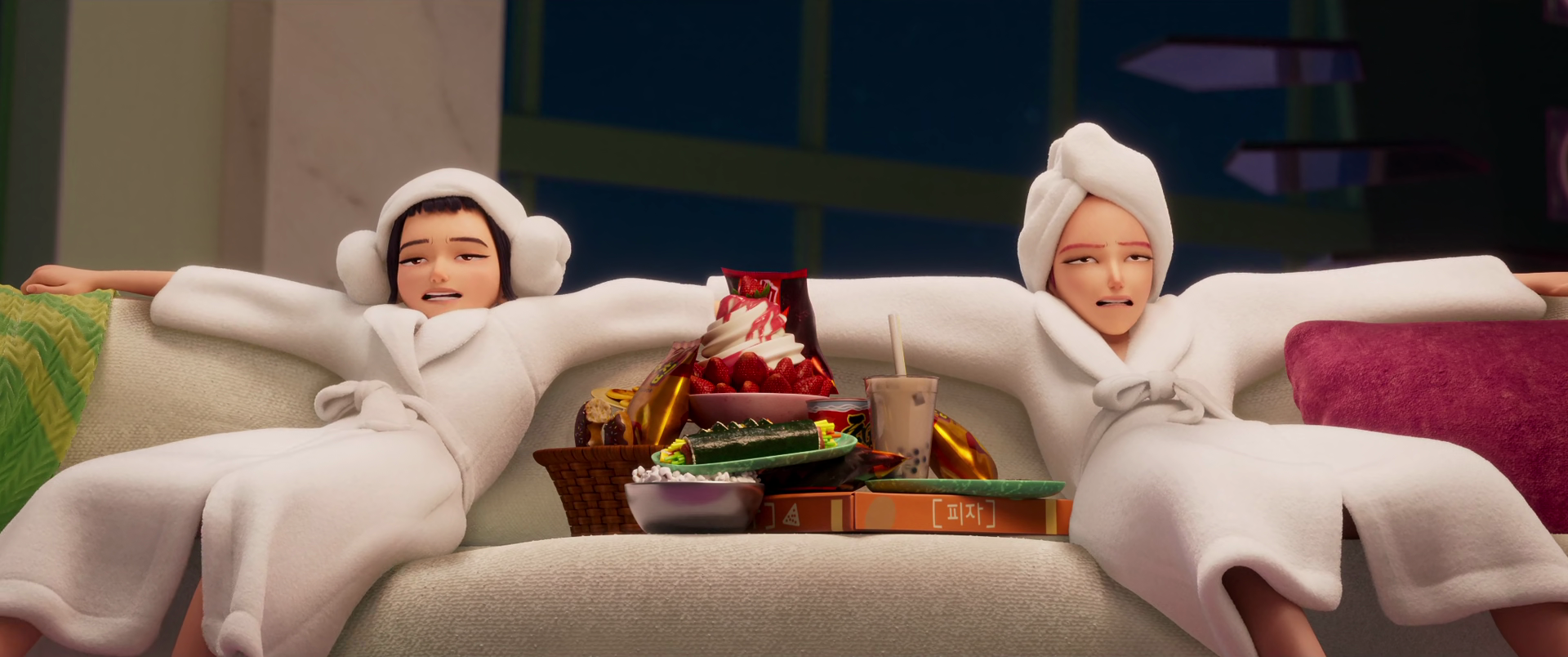
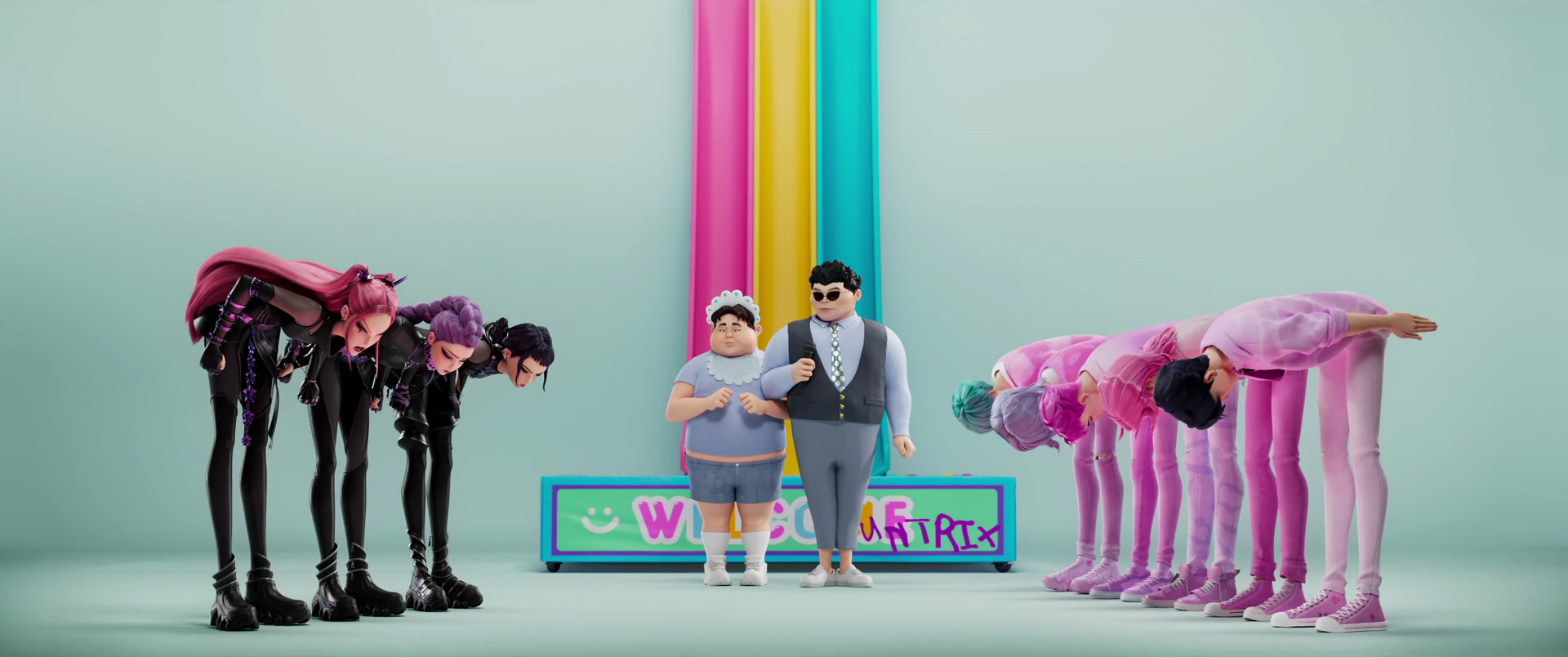
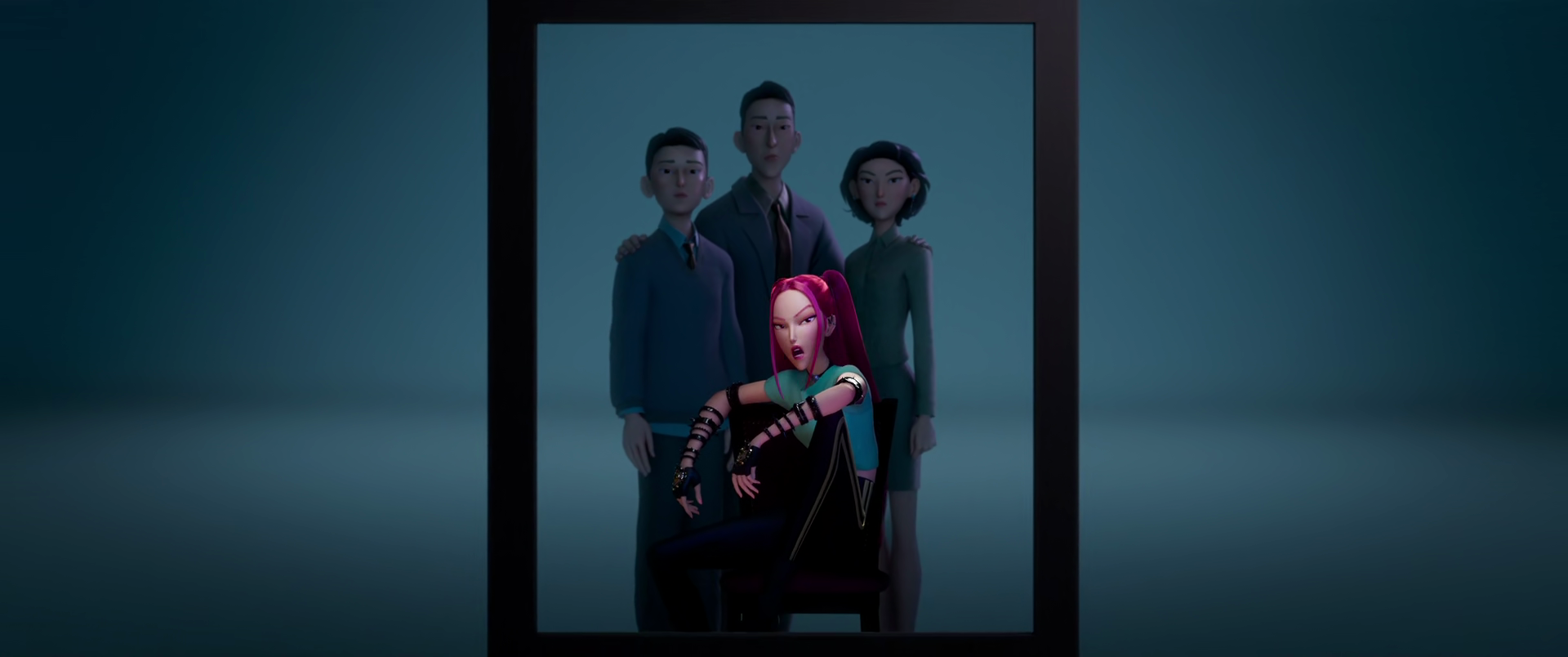
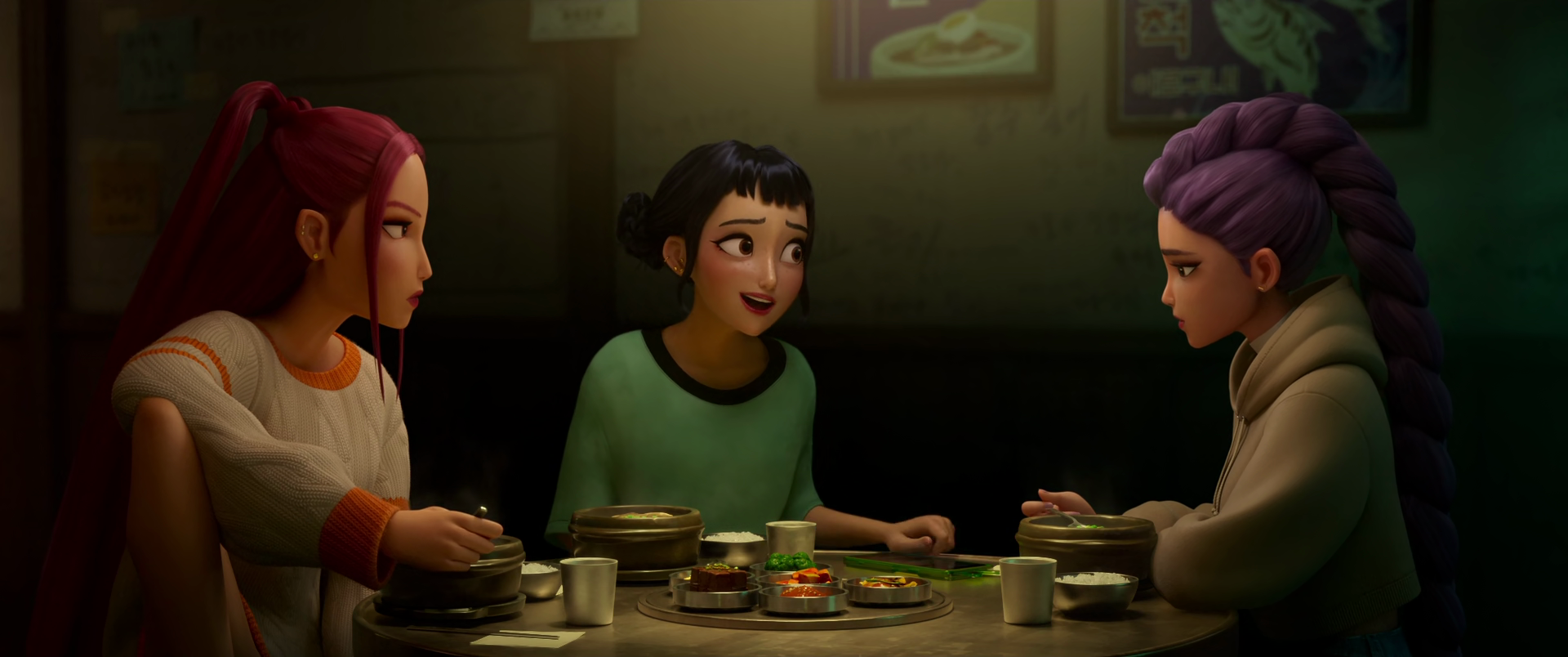
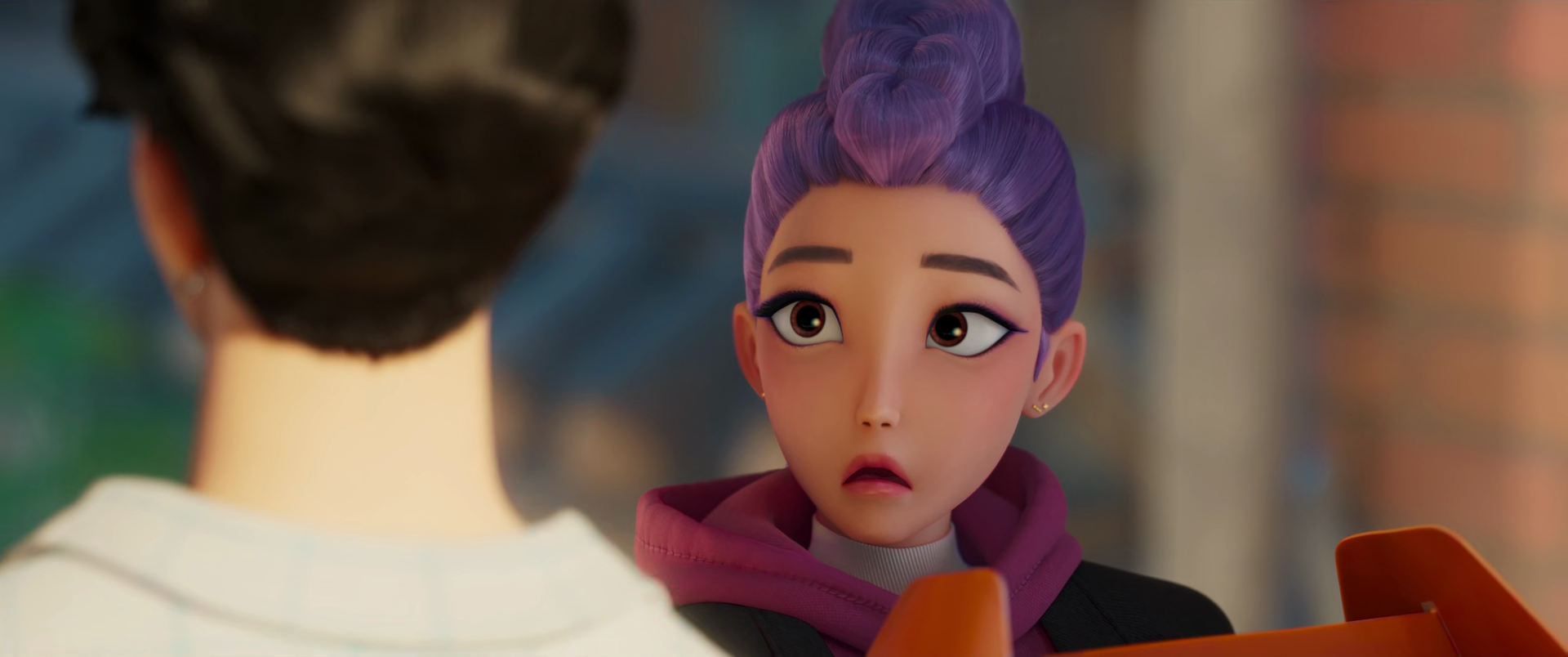
South Korean culture references in KPop Demon Hunters
The inspiration from Korean culture doesn't end there, however, with the use of cheesy effects and transitions found in South Korean Rom-Coms that any fan of series such as Strong Girl Bong-soon or Kill Me, Heal Me would be familiar with. In fact, the voice actor of Jinu was the male lead of the Business Proposal series, so the creators thought to add a little treat for the fans by inserting the series' iconic soundtrack in Rumi and Jinu's slow-mo first encounter, in true K-Drama fashion.
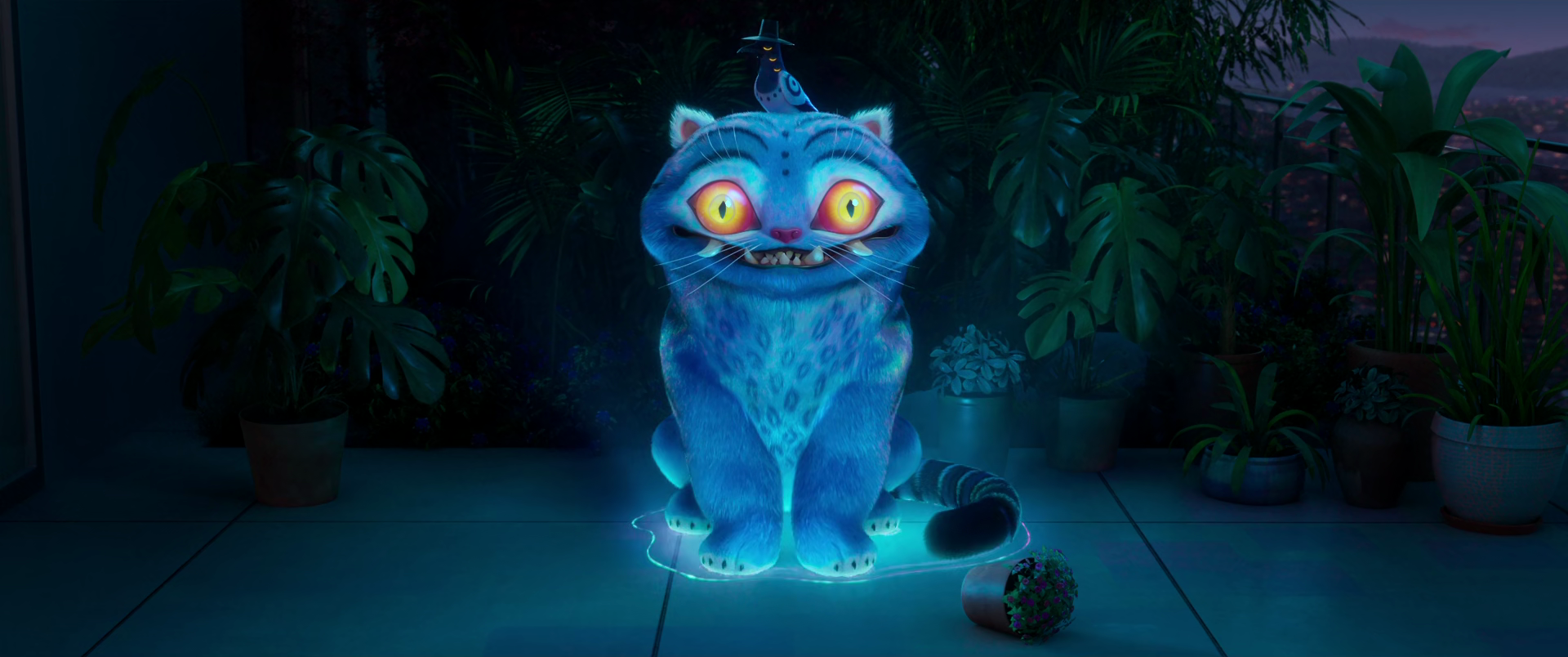
For the character design, director Maggie mentioned in an interview with Forbes that the Saja Boys were inspired by Korean groups such as Tomorrow X Together, BTS, Stray Kids, ATEEZ, BIGBANG, and Monsta X. Meanwhile, they looked at ITZY and BLACKPINK for the Huntrix. The director and creative team mentioned there were many influences, both in and out of K-pop. I also find the songs in KPop Demon Hunters to be reminiscent of Stray Kids' Domino, God Menu, and Thunderous, with fans also speculating the design of Romance based on Hyunjin.
One also cannot forget to mention the influence of TWICE. Not only is this girl group represented in the movie, being on the list of top hits only second to Huntrix, but they also helped create the music themselves behind-the-scenes with Jeongyeon, Jihyo, and Chaeyoung being featured in the song "Takedown."
KPOP Demon Hunters Is Golden
I hope moving forward, more movies will continue in this vein, especially for those released on Netflix, a company known for "Americanising" movies based on other cultures, often destroying their core concept and disappointing their fan base. That's why KPop Demon Hunters stands out and resonates with its audience; it's made with Asian care and love.
KPop Demon Hunters is a refreshing blast of Korean culture and mythos ready for consumption this summer. From its dedicated team of animators and producers to the talented voice actors who star, and all the other hard-working individuals who have participated in its creation, we would like to thank you all for producing a fun, dynamic movie respectful to both traditional and modern Korean culture.

KPop Demon Hunters is streaming on Netflix. You can also find the official soundtrack on multiple music platforms.
